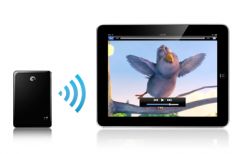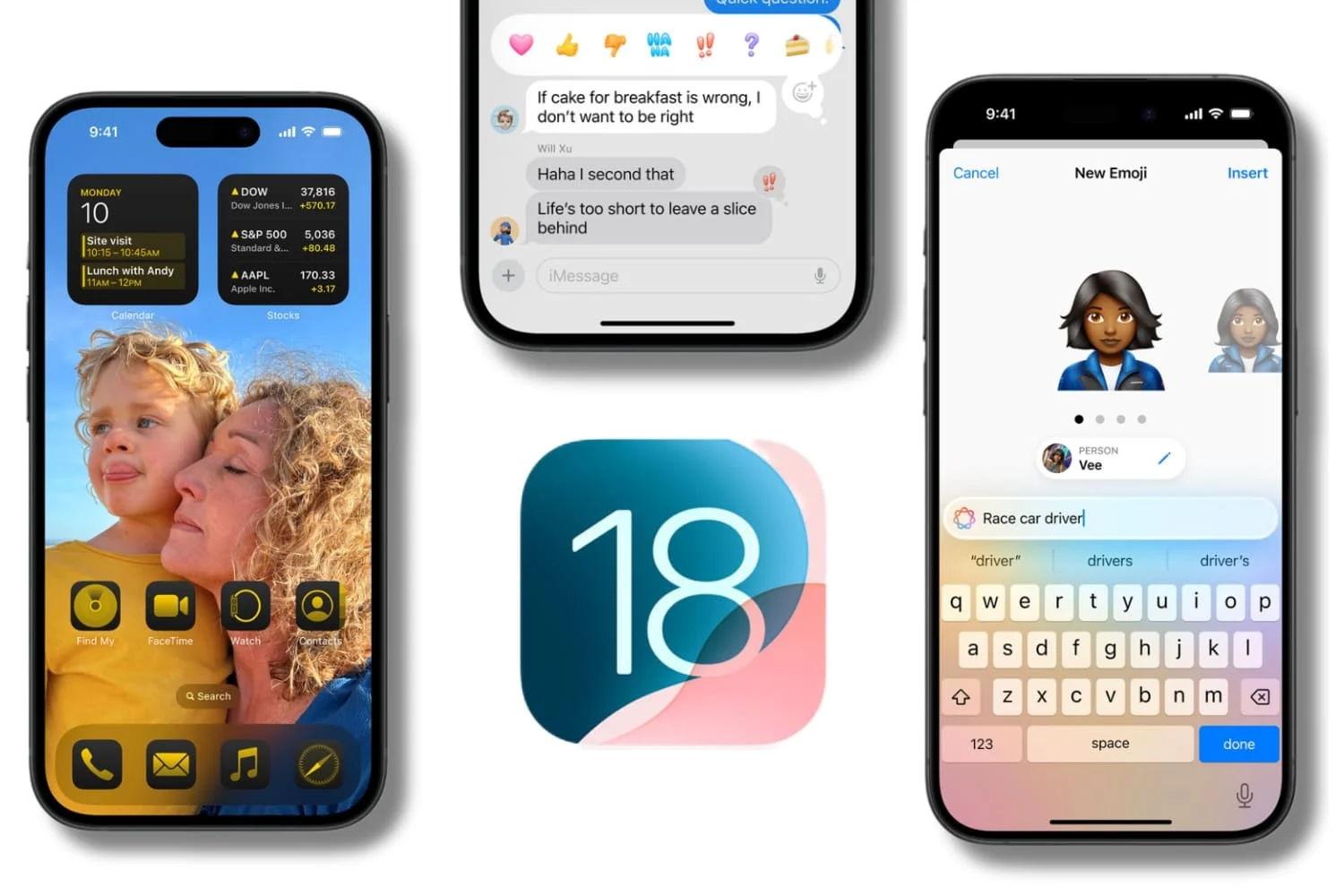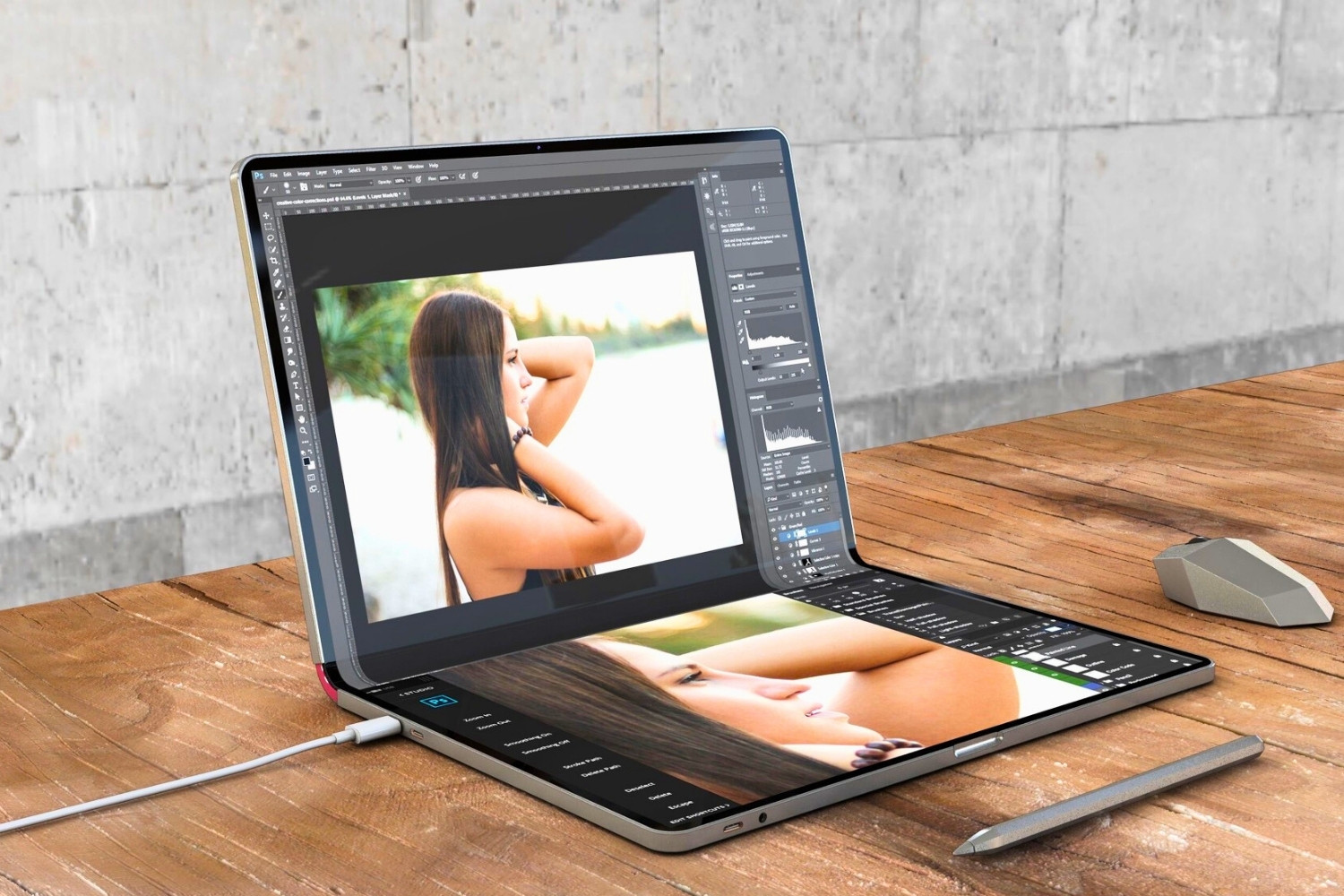 The iPhone and iPad have two
The iPhone and iPad have two
characteristics that make memory capacity management sometimes
delicate but above all expensive.
The first is the absence of a memory expansion port: no
possibility once the machine has been purchased and chosen to increase the memory with
a mini-SD card like on some other smartphones. Second
characteristic: the price of the additional on-board memory is very
high, more than 100 euros for a "jump" of approximately 16 GB where capacities
equivalents in the form of USB keys or hard drives are very widely available
lower.
This is why being able to connect the iPhone or iPad to a USB key, to a card
memory or an external hard drive to enjoy videos or access
document archives can be attractive. This is precisely what is proposed
the boxiUSBPort(previously named CloudFTP)dont
we talked about in this article.
Here is the test of a clever box to which to connect a USB device
of your choice and which connects to the iPhone, iPad or other devices such as
wireless Android smartphones, by creating your own network
Wifi.
Is it practical, useful or limited?
This is what we will see in the following:
Start-up and standard operation
The case, weighing around a hundred grams, is delivered well packaged and
protected in a box which also contains instructions for use,
be careful, only in English, but very useful.
A USB cable for charging comes with it. It is unfortunately listed
iUSBPort a socket that is not in USB format which will accommodate this cable on the
case, impossible to use a standard USB cable, it's really a choice
regrettable because you must not lose the cable and take it with you when
moving in addition to the usual cables…
The box is delivered loaded at 70%, so it is directly
usable.
Only one button is available, it is accessible on the side, it allows you to
turn it on but also deactivate the connected USB modules and turn off the
iUSBPort.
On another side, a female USB socket will accommodate the
peripherals:
When you turn on the box, the LCD display on the top shows
an initialization procedure of approximately 30 seconds. A blue light located in
the upper right corner indicates that the WiFi network is running. The box
is now a WiFi transmitter that establishes a network called iUSBPort. This one
is visible from smartphones and other WiFi devices.
It's time to plug a storage device into the case. There we have the
choice: USB key, external hard drive, SD card reader are
supported.
It is then possible to connect your machine (iPhone, iPad, smartphone) to the
iUSBPort WiFi network then join the address 192.168.0.1 (or https://usb),
this from any Internet browser like mobile Safari by
example.
Magic: we now see the storage device tree
used as a web page.
Our tests were carried out with the following devices with
success :
- several models of USB keys from 4 to 8 GB
- a 1 Toshiba external hard drive
- a memory card reader with SD cards
But what do we do with the content thus made available?
?
It's quite simple, it is possible to access the contents of the device from
storage exactly as the iPhone can do as standard (or with
applications) with Internet links pointing to documents (excel, PDF,
word), videos or photos can be used. It was thus possible to
watch videos in mp4 format, view photos directly from
the Safari browser of the iPhone (they are browsed by "swiping") and to
save locally on the machine.
Safari's "open with" functions allow you to go directly to
with content chosen in other third-party applications: for example a
tool for reading word documents or a video (we tested streaming of
movie to Oplayer from video URL successfully)
Several devices can connect simultaneously to the box and
enjoy the content independently.
For example for video streaming, the announced limit is streaming
to 3 machines in parallel from the same device. We were able to test this
and it works very well, it even worked with 4 clients (iPhone, iPad
and iPad mini, Android smartphone) playing the same film in parallel but at
different times: no slowdown, everything went well
passé.
Be careful, we must nevertheless insist on this particular point:
iPhone limitations remaineteverything is not
feasible: the box only makes available the entire
content as if it were available on the Internet for example (hence the old
name "CloudFTP").
Example of problem: instead of playing a video directly in streaming,
if you want to download it to the iPhone or iPad, you will have to go through
manipulations consisting of retrieving the URL and using an application
dedicated to capture content and save it in one of these applications.
The case has nothing to do with it, but the fact remains that it is not practical.
There existsan application for the iPadnamed iUSBPort
available for free herebut apparently not for the iPhone anyway
I didn't find any. This, minimal, allows simply by configuring the
iUSBPort as an ftp server (just enter the address 192.168.0.1 in
the settings, but we would have preferred it to be automatic) to move the
files from one directory to another ie. to do file management
uniquely. This also allows you to retrieve or transfer content
from a USB stick to the iPad photo roll or in the application
iUSBPort itself, in order to embed files locally. But
unfortunately, avi files are not playable. An application that
therefore deserves to be greatly improved.
The connection, as we have seen, is made by plugging the iPhone into the WiFi network of the
box, this has a major disadvantage, when one is connected to the box in
directly, we no longer have access to the usual WiFi network and therefore to the Internet! He
it is possible to configure the box so that it connects to known networks
provided you provide the password of course. Then you
connect to your usual network and the box is available at the address,
while you also access the Internet. This is the ideal configuration for
House. The box is then accessible to another address, this one is
indicated on the liquid crystal display: 192.168.1.87 in our case.
Unfortunately this didn't work properly, but it may be related
to the configuration of the box, so we will not comment on this
functionality. If some owners of the iUSBPort can indicate in the
comments if it works (or not) for them, it will be appreciated (we
continue the tests in parallel and the article will be updated if we find the
solution)
A question that arises is whether the content made available by
WiFi could be secure, indeed, those who travel or have neighbors
loved ones may not really want to hand over their content
available to everyone! For this, one of the configuration options,
always accessible from the browser or the iPad application, allow you to
change the name of the created WiFi network, to choose whether the SSID of the
network is broadcast and finallyenter a password to protect
network access. Please note, it is possible to display this word
password on the LCD screen of the box.
Recharging the iUSBPort takes approximately 4 hours 45 minutes by plugging it into a
standard USB transformer (that of the iPhone), an orange LED indicates the
charging, it turns green when charging is complete. Autonomy
announced is 5 hours. An option allows you to ask it to go to sleep
automatically if it remains without connection after a time to choose from 30
minutes, 1 hour, or 2 hours.
Additional functions
Indeed, the box contains a few little surprises.
So, as we have seen, it contains its own battery with a capacity of 2400 mAh
well you know what? It can be used as a backup battery
for iPhone in case of emergency. To do this, simply connect the iPhone via the
standard USB cable, confirm charging by pressing the button and this
recharge.
Another possibility announced (not verified): with the Mac adapter
Ethernet USB plugged into the iUSBPort socket and connected to a local network, the
box transforms into a WiFi access point to the network.
Finally, for the most technical enthusiasts, know that the case is
compatible with FTP/SMB/uPnP and DLNA protocols and it is possible
to access content shared by WiFi with a computer, on the other hand
the display was not correct with the Firefox or Safari browser
(recommended in the instructions) allowed access to the content from a Mac.
Conclusion
In use, the iUSBPort which aims to respond to one of the glaring lacks of
connectivity and memory expansion of the iPhone and iPad is a product that
works as advertised and very well thought out. It is compact,
light, well finished and available in 2 colors. It has everything to seduce and embarks
even nifty additional functions like use as
battery backup for the iPhone. We can only do to himtwo
reproaches, for the first, it has nothing to do with it: these are the
limitations linked to the absence of a file manager on iOS. This means
that its use is restricted, mainly as a file server.
Second lack, the absence of an iPhone application and the indigence of the application
iPad. Finally, there remains the question of price, it is high to be able to access
additional files, but if we need them, then the solution is not
ultimately no more expensive than 16 GB of additional memory on an iPhone or
an iPad while the case can be used with your future models...
So everything is relative.
Some of our recent tests:
- iPhone 5 case review
SGP Linear Metal Crystal
- Test bake iPhone 5of the
aluminum at… 4 euros What is it worth?
- The test ofa
inexpensive transparent iPhone 5 case
- The test of aprotection
iPhone 5 type smart cover
- the protection testOtterbox Commuter
iPhone 5
- the protection testOtterbox
Defender iPhone 5
- the protection testSwitchEasy
Tones iPhone 5
- test of a protective glass:
the Glas tR iPhone 5
- test ofthe case
send iPhone 5 Noreve

i-nfo.fr - Official iPhon.fr app
By : Keleops AG






